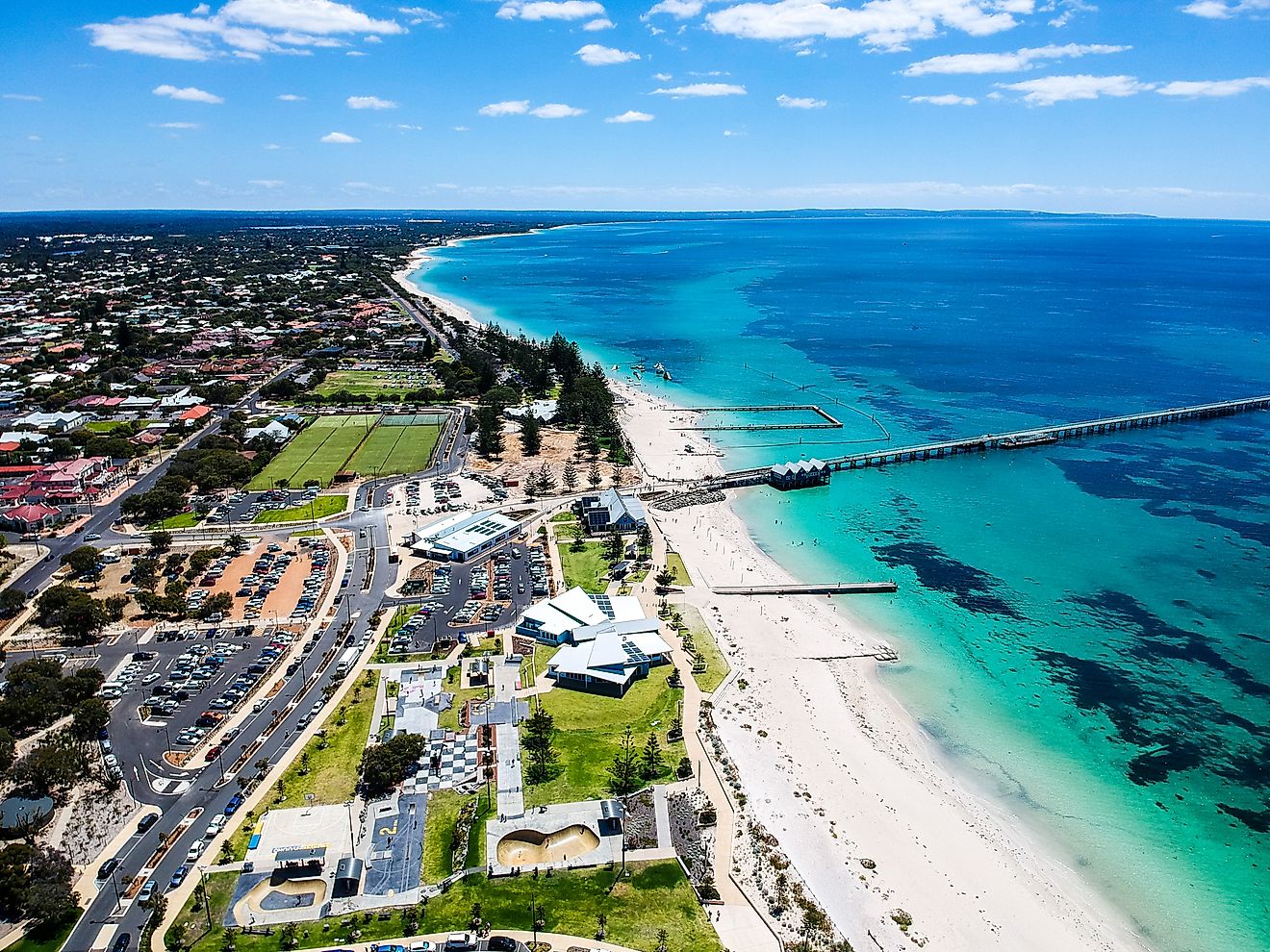Taman Negara National Park, Malaysia
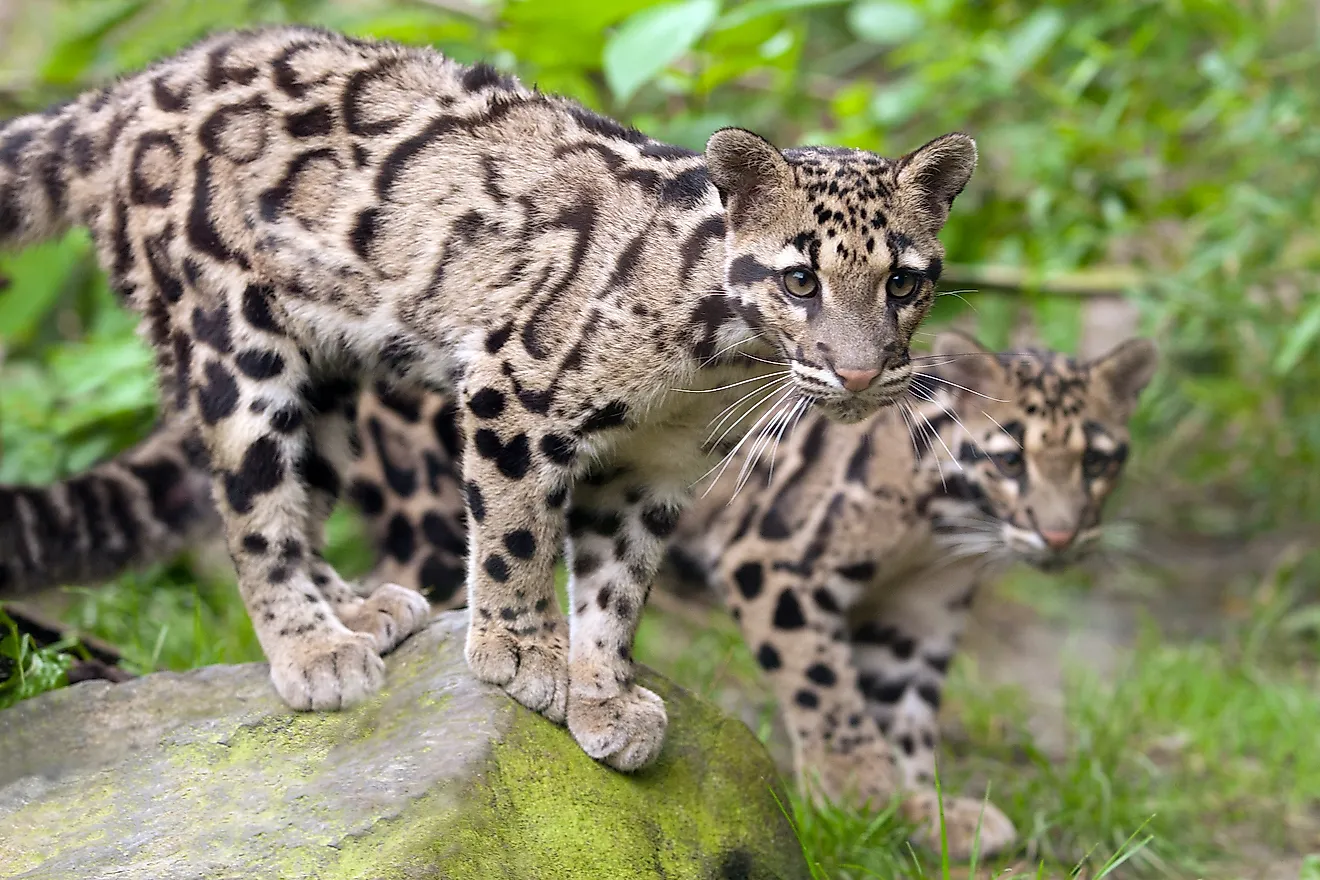
Taman Negara National Park is located in peninsular Malaysia, about 200 kilometers (125 miles) northeast of Kuala Lumpur, and includes parts of the states of Pahang, Kelantan and Terengganu. The name Taman Negara itself means national park in Malay. The park occupies an area of roughly 4,300 km2 of what are primarily deciduous rainforests. These forests are rare primary forests of great age and beauty and are thought to be as much as 130 million years old.
Contents:
History
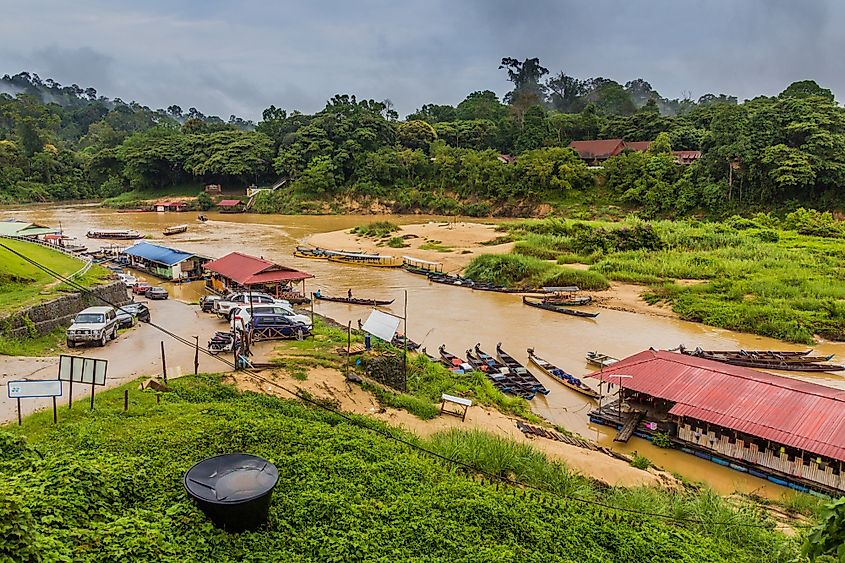
What is now a National Park was originally known as Gunung Tahan Game Reserve, in 1925. It was not until 1939 that it was rebranded by Britain and given a National Park status and given the name King George V National Park. At that time, Malay states were under the jurisdiction of sultans, as well as the British High Commissioner, and thus three separate enactments were needed. They were the Taman Negara Enactment (Kelantan) 1938, Taman Negara Enactment (Pahang) 1939, and Taman Negara Enactment (Terengganu) 1939. These enactments remained the protective power over the park region until 1957, when Malaysia gained independence and fell under the rule of King Yang Dipertuan Agong.
The park was then put under the rule of the Ministry of Natural Resources and the Environment, as well as the Department of Wildlife and National Parks, Peninsular Malaysia. The area remained under this specification until 1984 when it was given an ASEAN Heritage Park title. The park was also submitted for review by the UNESCO World Heritage Site in 2014.
Landscape
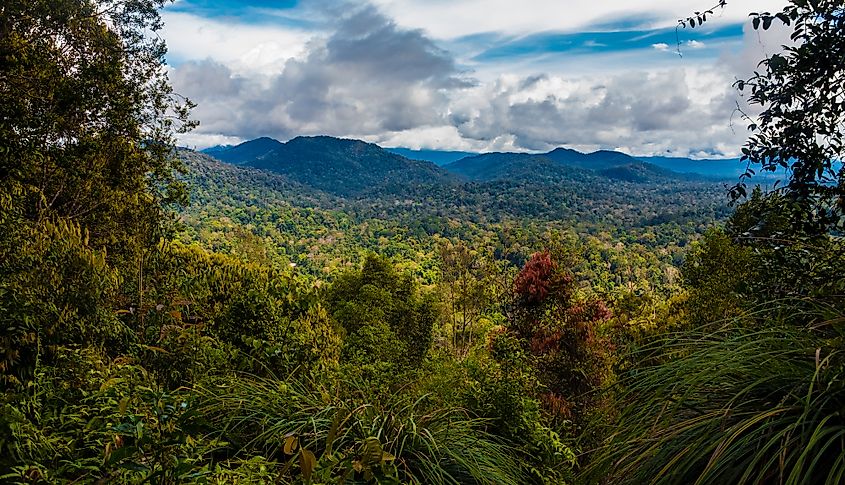
The area that makes up the park measures roughly 434,351 hectares, which is equal to 4,343 square kilometers, or 1677 square miles. There are three states included in this region. Pahang occupies just over half, at 57%, Kelantan a little over 1,000 km2, meaning it takes up 24% of the park, and lastly the Terrengganu state is the remaining 18%, measuring 853 km2.
The elevation within the park ranges primarily between 80m to 1,500m above sea level, though the Tahan Range (which is only about 1% of the park's mass) reaches some 2,000 meters above the sea. The Gunung Tahan peak is 2,187m and is the tallest mountain in peninsular Malaysia.
The land on which the park resides has been dated at 130 million years old and is mainly primary rainforests. These trees and forests are extremely old, allowing for an enormous amount of biodiversity. The great age and depth of these forests reinforce the need for the region to be protected.

Much of the non-forested areas in the park consist of various rock formations. This includes the Tahan range, a Jurassic-Cretaceous formation which also has a high percentage of limestone. The central belt of the region also contains shale and limestone caves and passages, including Gua Telinga, Gua Daun Menari and Gua Peningat. Gua Peningat sits at 730 meters above sea level, making it the highest elevated cave in Peninsular Malaysia
Three major rivers run through Taman Negara, which are the Singai Lebir, Sungai Terengganu and Sungai Tembeling. These run through all three of the states and are accompanied by a large number of smaller rivers and waterways. This abundance of rivers is part of the reason the area is so lush and full of vegetation and life.
Flora
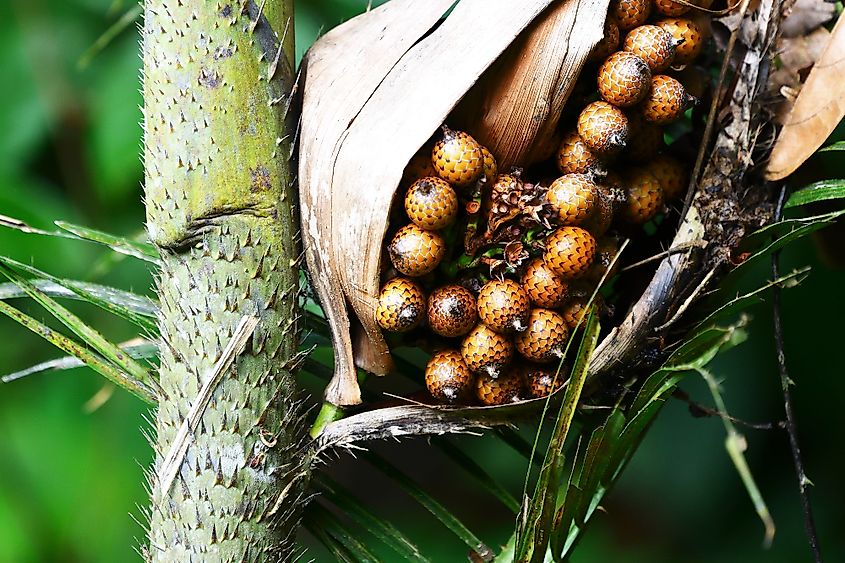
Taman Negara National Park is one of the most biodiverse areas on the planet. It is full of a wide variety of plant species and lush ancient forests. On record, there are over 3,000 different plant species found within the park borders. Much of these plants are ferns, which thrive in humid, warm environments. There are over 246 different species of fern in this region, which hail from 26 different families. Ginger is also found in this area.
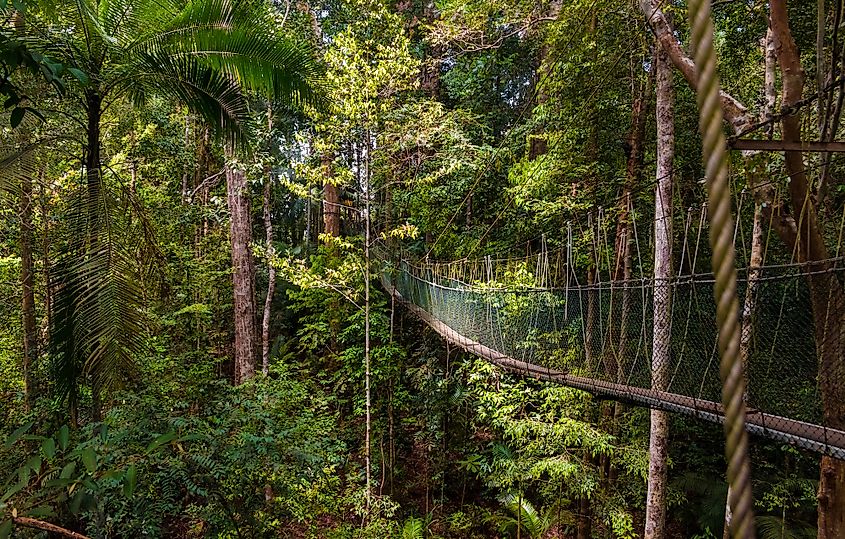
Pitcher plants and palms are also in abundance here, some of which are endemic to the area. Approximately 30% of all palm species in Malaysia can be found within the Taman Negara National Park. The lush damp climate is excellent for flowering plants as well, such as jewel orchids and the giant parasitic flowering plant rafflesia cantleyi. Fruit is also plentiful here, and there are over 45 species of cultivated fruit trees in the park. Additionally, wild grapes grow naturally, including a species that is endemic to the region.
Fauna
Taman Negara is home to many species, including some very rare mammals.
Mammals
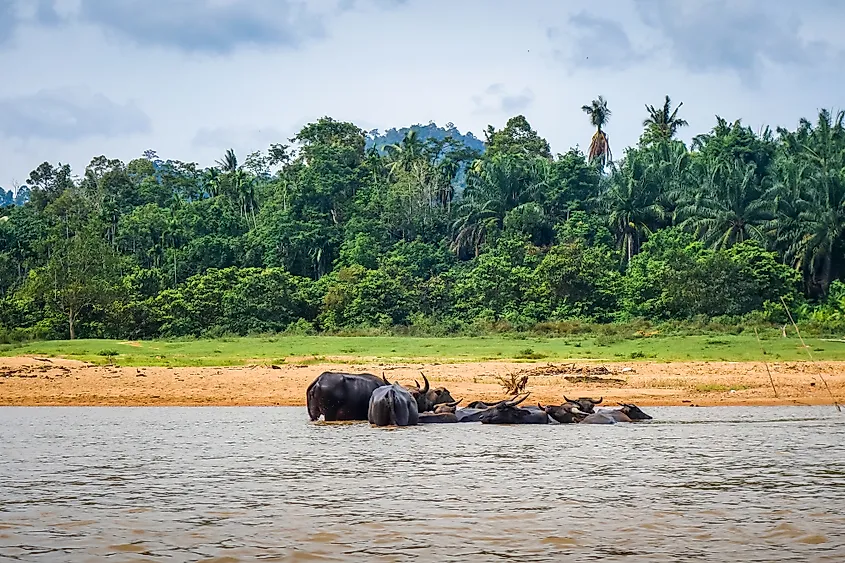
Over 150 different species of mammals call the park home. One of the rarer, and more distinct of these mammals is the Malayan tiger. This tiger is a subspecies that is only found on Peninsular Malaysia and the southernmost parts of Thailand. In 2015 it was listed as critically endangered on the IUCN red list, with a decreasing population. At the time of assessment, in 2014, there were thought to be between 80 and 120 mature Malayan tigers in the world. Protected parks help to ensure natural habitats remain for such animals, but their population is still very much at risk.
Along with the Malayan tiger, other cats present in the park include the flat-headed cat (endangered), clouded leopard (a vulnerable species which also has a decreasing population trend), the leopard cat, and the Asian golden cat.
Another prominent mammal in the area is the Asian Elephant. Unlike their African cousins, Asian elephants tend to like more forested, protected areas like those found in the Taman Negara region. This smaller of the elephants is unfortunately decreasing in population, and holds an endangered title on the IUCN list, as of 2020.
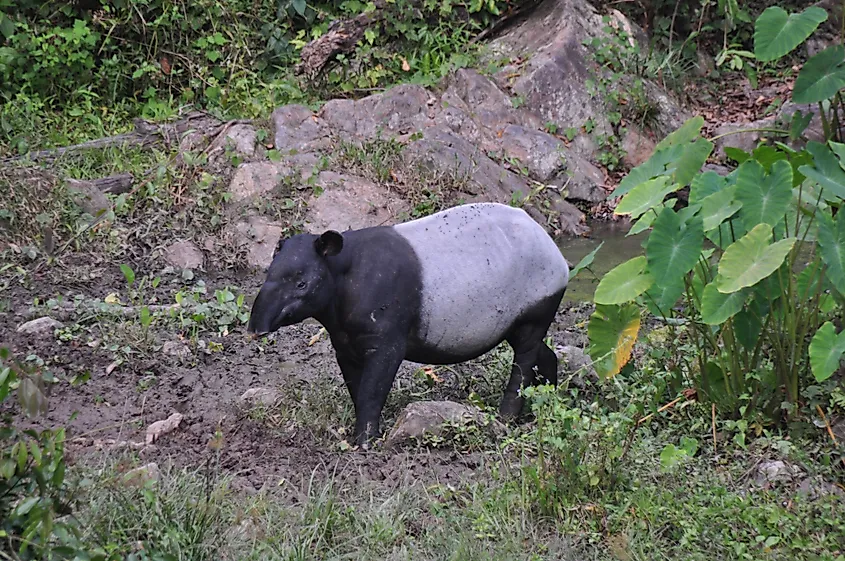
Other grazing mammals in the park include the Malayan Gaur (vulnerable as per the IUCN), the wild boar, Malayan tapir, Sambar deer, barking deer and mouse deer, and serow. Smaller mammals are more prominent in this lush landscape than many of their larger cousins, although the rare Malayan sun bear can be found here.
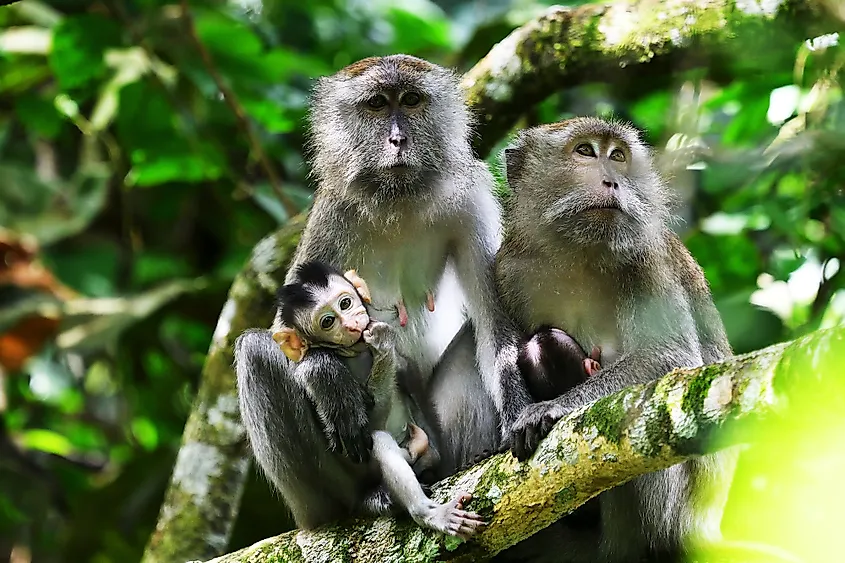
Other smaller mammals in the park include the vulnerable binturong, or bear cat; the yellow throated marten (also known as mengkira) and the Asiatic wild dog. Various monkeys and primates also call the area home, thriving in the thick forests and mountain ranges. These include the siamang, white-handed gibbon, dusky leaf monkey, and the banded-leaf monkey.
With the abundance of limestone caves and cave passages in the park as well, bats and rodents are prominent. Over 80 different species of bat live in Taman Negara, and some 30 or so different rodents. Some of the more notable species include the white-toothed shrew, smoky flying squirrel and the oriental small-clawed otter.
Birds
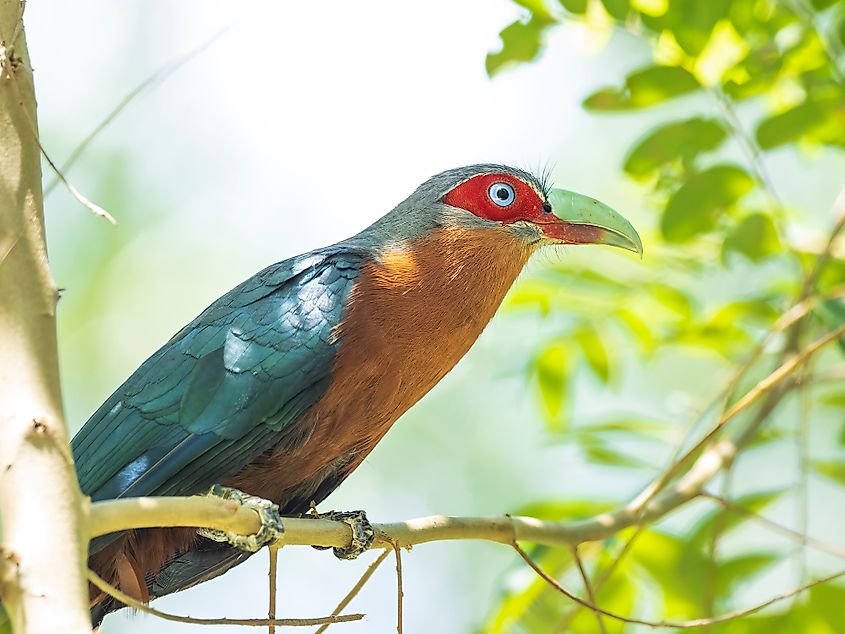
Along with the diverse array of mammals, are some 479 different species of birds which home in Taman Negara. This number does not include migrant birds, which can be found in the region, but do not reside there. This high number of bird species is why the park has been designated as one of the Important Bird Areas (IBA) in Malaysia.
Native bird species of note include the white-bellied sea eagle, as well as a number of other hawks and eagles; multiple types of pheasant such as the crestless fire backed pheasant; the masked finfoot; the hill prinia; crested argus; Malayan hawk cuckoo; and various types of hornbills. The bird population in the park is extremely diverse.
Reptiles And Amphibians
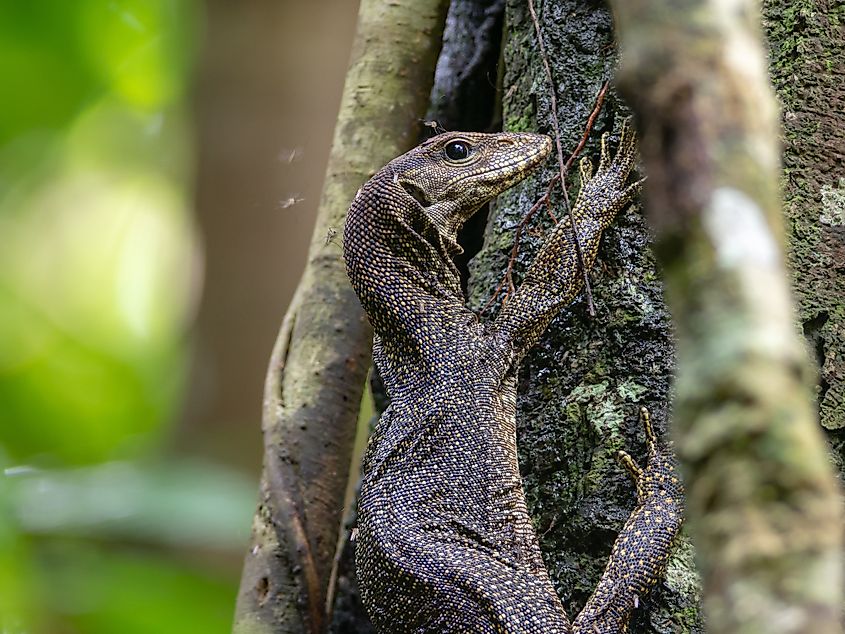
More than 57 species of amphibians, and some 67 species of snakes also reside in the Taman Negara National Park. These include species such as the speckle-bellied keelback snake, jasper cat snake as well as the blunthead slug snake, Malayan slug snake, the rainbow tree snake, scarce wolf snake, red mountain keelback, and the ashy pit viper. Notable reptiles included the green crested lizard, East Indian brown mabuya, and the marbled slender-toed gecko.
Turtles and tortoises include the impressed tortoise, Malayan flat-shelled turtle, and the Asian brown tortoise. Frogs, especially tree frogs, also thrive in this type of moist forest area, and there are several notable species that live in the region such as the Bongao tree frog, spotted litter frog, and minute narrow mouthed frog.
In addition to these animals, there are over 50 different species of freshwater fish which can be found in the rivers and streams of the park including mahseer, jungle perch, and the sultan fish.

